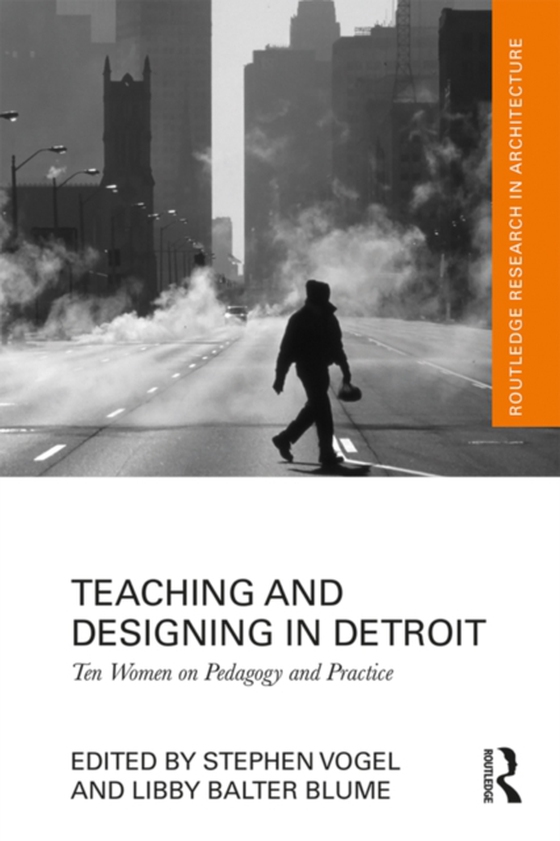
Teaching and Designing in Detroit e-bog
348,37 DKK
(inkl. moms 435,46 DKK)
This book provides a compelling and insightful portrait of ten female architects, artists, and designers who explored unique approaches to teaching, practice, and research in the postindustrial city of Detroit. These women explored the phenomenon of a new "e;ecological urbanism"e; through their own work in art, architecture, design, planning, landscape architecture, and installation as ...
E-bog
348,37 DKK
Forlag
Routledge
Udgivet
18 november 2019
Længde
198 sider
Genrer
1KBBNG
Sprog
English
Format
pdf
Beskyttelse
LCP
ISBN
9781000764222
This book provides a compelling and insightful portrait of ten female architects, artists, and designers who explored unique approaches to teaching, practice, and research in the postindustrial city of Detroit. These women explored the phenomenon of a new "e;ecological urbanism"e; through their own work in art, architecture, design, planning, landscape architecture, and installation as well as the work of their students.Teaching and Designing in Detroit provides an eighteen-year snapshot of this work, how it affected the women's practice, how they influenced student relationships to design and community development, and how their visions are now being carried out in Detroit. This book is organized into sections that group stories according to their focus on practice, pedagogy, and community engagement.Included in the book is a foreword by Leslie Kanes Weisman, the only female architecture professor at the University of Detroit Mercy in the 1970s, and an afterword by Sharon Egretta Sutton reflecting on how working and practicing in Detroit foreshadowed the future vision now being carried out in the rebounding city of Detroit. An intriguing read for students and professionals, this book will illustrate how these lessons learned can be applied by universities and communities in other postindustrial cities.
 Dansk
Dansk

